Round trips
For special seal (boat) trips, you can visit the following places, among others:

Seals aren't very difficult to find around Renesse. Its beautiful nature, the clean water, space and tranquility certainly has a positive impact on these animals, and it makes them thrive. Seals look cute and seem to live the ideal life. They lounge a lot on the beach and soak up the sun. Furthermore, they swim occasionally and eat fresh delicious fish.
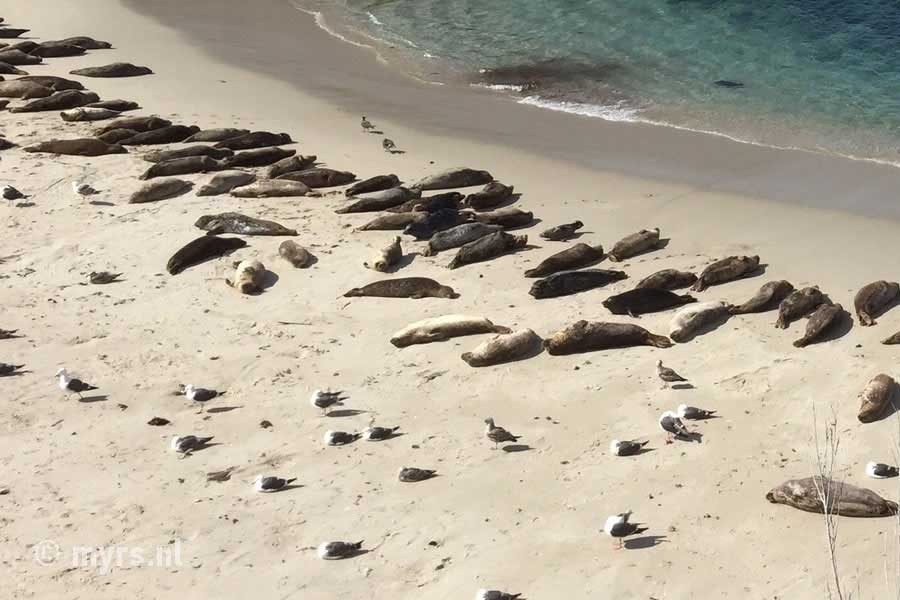
The coast of Renesse, in the Oosterschelde and the Grevelingenmeer, are home to fairly large populations of seals. The Wadden admittedly has the reputation, but fans of seals can also see them well in Zeeland. The number of seals in the waters of Zeeland is growing rapidly. Exact numbers aren't known of course because the animals swim around a lot, but once they feel at ease at a particular spot they usually keep coming back to that area. And it seems like they're everywhere. Most of them hang out in the Voordelta, where they're relaxing on the sandbanks. But there are also dozens of seals in the Grevelingenmeer, Oosterschelde and there are a decent number of them in the Westerschelde.
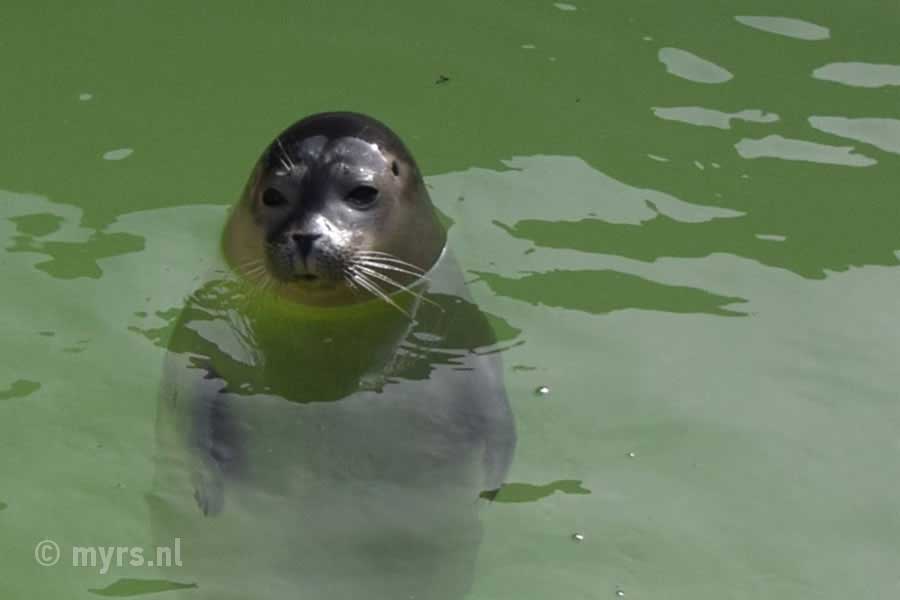
The Dutch waters are home to two kinds of seals; the regular and the gray one. The regular seal is the smallest of the two, the males can grow up to two meters. The animals usually have dark spots on their gray, dark brown or black pelt. The head is small in proportion to their bodies. The nostrils have a V-shape. The gray seal is considerably larger and can be up to three meters long. They distinguish themselves by their straight noses and separated nostrils. Their pelt is usually gray, but it can also be dark brown and even black.
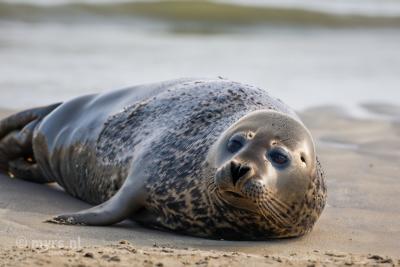
The seals lounge in groups, but live a solitary life. A mother cares only briefly for her young, about four weeks. In danger, she saves herself and not her young. If she loses her young for whatever reason she won't look for it. Those pups are sometimes found on time and brought to a seal sanctuarie.
Seals feel quite comfortable at a reasonable distance from humans. Some seals you come across in the middle of the sea swim curiously along with you. On the sandbanks they gather in large groups. Here they rest in the sun and raising their young. Therefore it is essential that they're not disturbed. Seals prefer to lie on sandbanks where they feel safe. Those are usually shallow plates, and then they lie on the steep sides. That way, they can quickly go into the water when they sense danger. In summer time occasionally boaters decide to go to a sandbank with seals. Then they disappear in an instant, and it's also prohibited.
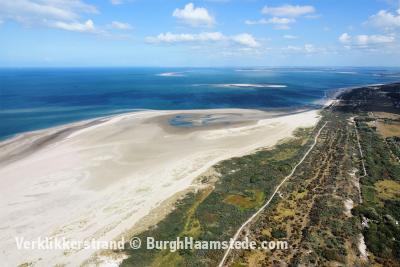
Spotting seals is increasingly becoming a popular activity for many. For those who want to take the easy way go to the lock near the Brouwserdam. On the seaward side of the lock the seals swim merely a few meters away from you. It almost like they're looking for people when you see them peeking their curious head out of the water.
Also near the Plompe Toren near Burgh-Haamstede, the Verklikkerstrand near Nieuw-Haamstede or near the beach transition area on the Jan van Renesseweg in Renesse, seals can be spotted. Between two hours before the low tide till an hour after the seals usually lie sunbathing on a sandbank. It's best to see them with binoculars or a photo camera with a good zoom option. That way you can also see the seals from the beach.
For special seal (boat) trips, you can visit the following places, among others:

Experience a unique Seal Safari with The Cheerful Fisherman together with the family. You depart from Bruinisse from the picturesque harbour. During the 3-hour journey across the Oosterschelde nature reserve, you will sail past mussel banks and deep current channels. When the boat arrives at the seal sandbank, you will see seals lying there. They are usually in large ...
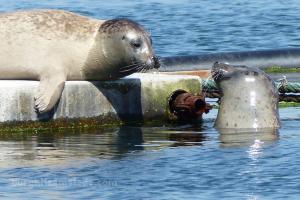
Experience a unique and educational Seal Beach Safari on Neeltje Jans! During this adventurous excursion, you'll explore the fascinating coastal life of the North Sea with a guide and spot seals in their natural habitat. What can you expect during the beach safari? - Seal Spotting: On a beach walk of approximately 2 hours, we go in search of seals while learning all ...
Verder zijn zeehonden ook te bekijken bij :
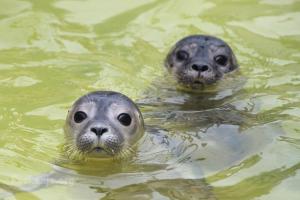
At the A Seal rescue centre in Stellendam, sick, injured, and orphaned seals from the Dutch coastal waters are taken in and cared for. The goal of this rescue centre is to nurse the seals back to health and return them to their natural habitat. A visit to A Seal is an educational and unique experience for the whole family. What to expect at A Seal in Stellendam? - See ...